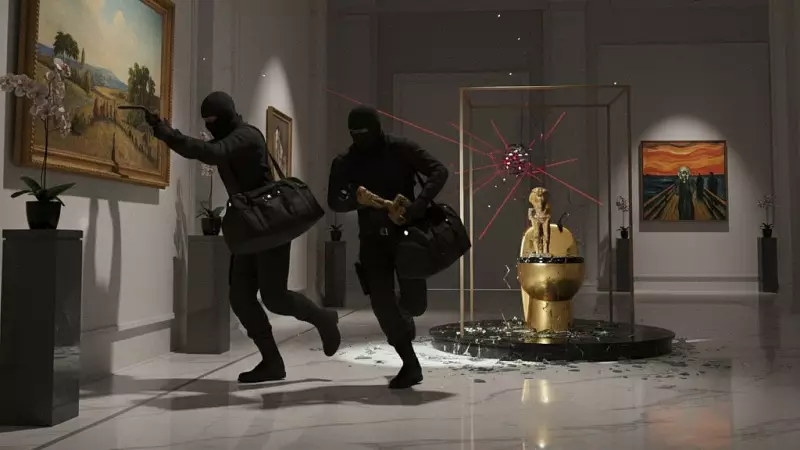
The world of art crime has always captivated public imagination, with daring thieves targeting priceless treasures under the noses of security systems. The recent theft of royal jewels from the Louvre Museum adds another thrilling chapter to this fascinating history.
The Louvre's Royal Jewels: A Modern-Day Heist
In a stunning security breach, thieves successfully made off with precious royal jewels from the Louvre, one of the world's most heavily guarded museums. This audacious crime echoes historical art thefts that have shocked the art world and exposed vulnerabilities in even the most sophisticated security systems.
1911: The Mona Lisa Disappearance That Shook the World
The most famous art theft in history occurred in 1911 when Leonardo da Vinci's Mona Lisa vanished from the Louvre. The painting was missing for two years before the culprit, Vincenzo Peruggia, was finally caught. Peruggia, an Italian handyman who had worked at the museum, simply walked out with the masterpiece hidden under his clothes.
The motive? Peruggia believed Napoleon had stolen the painting from Italy and wanted to return it to its "rightful home." The theft ironically made the Mona Lisa the most famous painting in the world, transforming it from just another Renaissance artwork to an global icon.
2019: The Golden Toilet Vanishes
In a more contemporary art heist, Maurizio Cattelan's fully functional 18-karat gold toilet, titled "America," was stolen from Blenheim Palace in 2019. The artwork, valued at approximately $6 million, was part of an exhibition and had been used by thousands of visitors before its disappearance.
The golden toilet theft represents how art heists have evolved to include modern installations and conceptual works, proving that no artwork is safe from determined thieves.
Why Art Heists Continue to Fascinate Us
Art thefts capture our collective imagination for several compelling reasons:
- The romance of the crime: Unlike bank robberies, art thefts often carry an air of sophistication
- The mystery of recovery: Many stolen artworks disappear for decades or never resurface
- The audacity of thieves: Stealing from heavily guarded museums requires incredible nerve
- The cultural significance: These crimes target our shared cultural heritage
The Challenge of Selling Stolen Masterpieces
Ironically, the very fame that makes artworks valuable also makes them nearly impossible to sell on the black market. Famous paintings like the Mona Lisa are too recognizable to be sold to any legitimate collector, which often leads thieves to use them as bargaining chips for ransom or as "masterpieces in waiting" until the heat dies down.
The recent Louvre jewels theft demonstrates that despite advanced security technology, determined criminals continue to find ways to breach museum defenses. As art values skyrocket and security systems become more sophisticated, the cat-and-mouse game between thieves and protectors of cultural heritage shows no signs of ending.
These extraordinary crimes remind us that our most precious cultural artifacts remain vulnerable to those bold enough to attempt the impossible – and sometimes, succeed.





